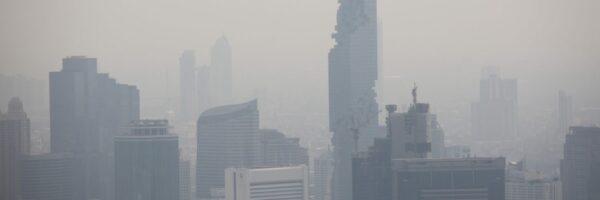
China: every mile a memory
It is during this time of the pandemic that I thought of writing about China as I remembered. So many negative stories have been in the news about China that I feel it is going out of hand. I worked for the Chinese for 21 years in my youth and I have the most memorable time with them. Whatever I know in business administration came from my previous employers and not from the four years of college education. It is to their credit what I have become today whether in the field of business, entertainment and even writing skill. So it is not surprising why I chose to visit China for the first time.
My China trip gave me an opportunity to explore one of the oldest civilizations and one of the greatest travel destinations in the world. The humongous population of over a billion inhabitants invites culturally curious visitors like me with so much enthusiasm. The spring (April-May) and Autumn (September-October) are indeed beautiful times of the year to visit China. While there are a thousand images that come to mind those images often include sunshine, people in the park doing tai-chi, blue skies or just people sitting outside watching others or looking to kill time.
Our first stop was Shanghai. Everything around me is impressive. There are so many wonderful things to see in Shanghai, an extremely walkable city. It is modern and can be likened to Paris or New York in terms of modernity and impressive skylines. It’s a perfect place to stroll and explore some of the historic remnants of the city or just watch the world go by as you sit in one of the parks. Shanghai is truly one of the most beautiful and unique cities in the world. I especially enjoyed the waterfront promenade lined with colonial era buildings. Looking at the futuristic skyline, it’s hard to believe that just about a little over thirty years ago, this place used to be all farmland. I was like a child in fairyland enjoying the fantastic lightshow at sunset and the amazing tower illuminated with “I heart Shanghai” messages.
On our second day, we explored Shanghai’s famed Nanjing Road. It is the main shopping road in Shanghai and the busiest. Walking this packed pedestrian only road is like total madness. It is a huge place with everything and anything. It’s like Bangkok’s Chatuchak Market in terms of size and crowd but uncovered. There are hundreds of businesses on the road offering superior quality products and new fashions. Traditional stores and specialty shops selling silk goods, jade, embroidered slippers, wool and even hardware products. Looking around, they also have a variety of snacks like wantons, traditional cakes like meat filled mooncakes, sticky sweet rice dessert. There is something for everyone whether food, clothes, knick-knacks or whatever you fancy. Truly a shoppers’ paradise.
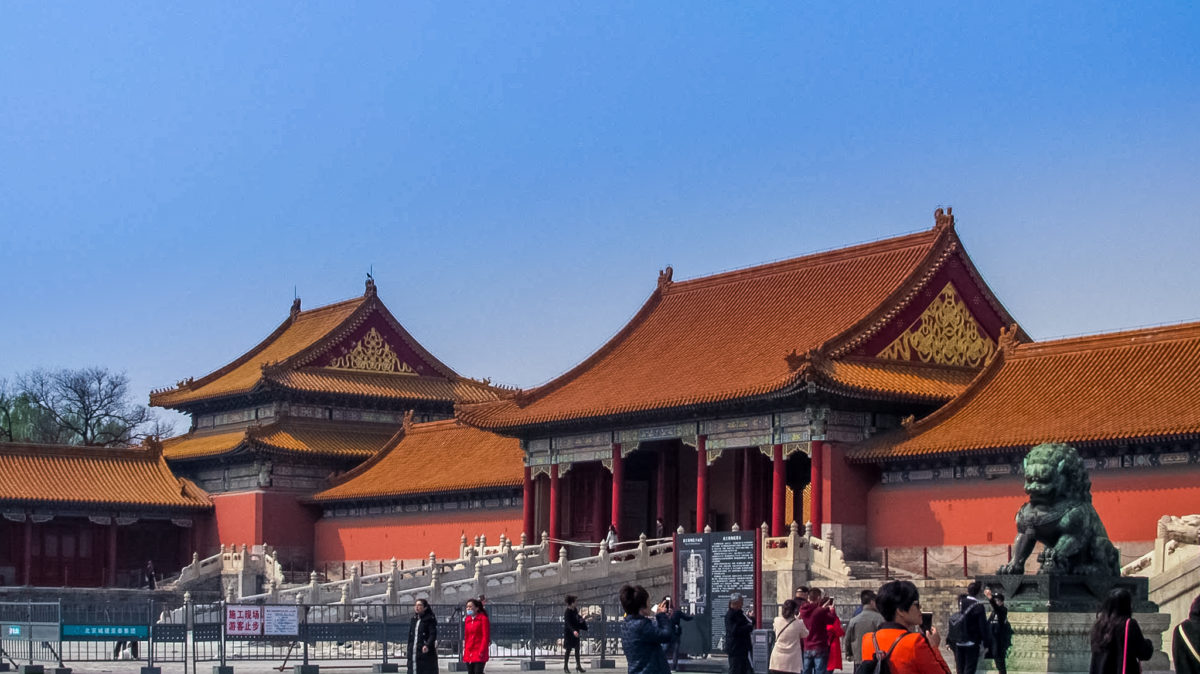
Tiananmen 
Tiananmen
It was past noon when we decided to take a bite and we thought what better way to see the real culture but to go where the locals eat. We found this hole in a wall restaurant that had all the food that I am familiar with. We sat and ordered food and that is when confusion started. Everything of course is written in Chinese so we relied on pointing out the food pictured on the menu. It wasn’t bad at all… we actually thoroughly enjoyed our lunch.
There is an abundance of parks and squares to discover in Shanghai. Many of which you will stumble upon when trying to find something else. If you are a first timer in Shanghai and still trying to figure out, keep an eye on Yuyuan Garden. A place not to be missed. It has an interesting ambiance of typical pagoda structures, bright red lanterns, beautiful landscape and a Dynasty teahouse. YuYuan Garden means Garden of Happiness and it is easy to see why. It is a must see attraction in Huangpu district. This exquisite garden with a beautiful layout and stunning scenery made it one of the highlights of my visit. The location has a wonderful mix of things to make you happy. We also visited Jing’an Si Temple which means tranquil and peaceful temple. Apparently, this is one of the most famous temples in Shanghai. Jing’an Temple is a holy place for both Buddhism and Taoism, boasting the largest jade Buddha in China. If you want to see a glimpse of China during the olden times, this is the place to be.
Five days is really not enough when visiting China. You will hardly scratch the surface. We had to make the most of our visit because you will never know when the next one would be or if indeed there is going to be any future visits.
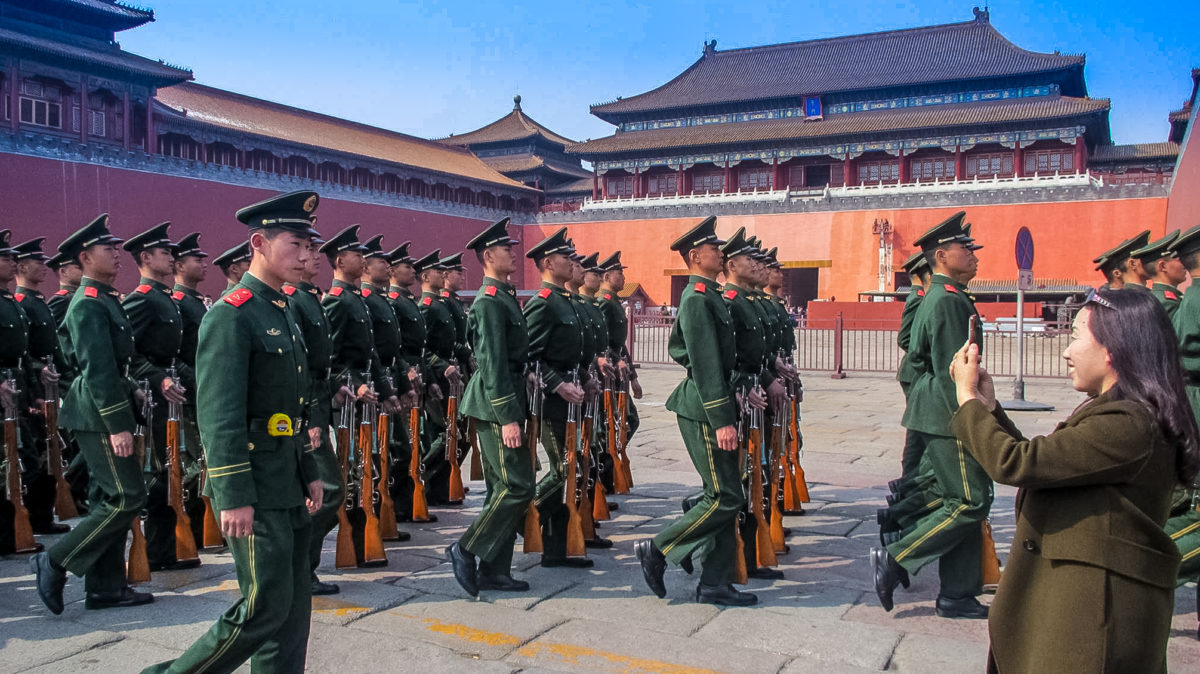
Forbidden 
Forbidden
Lucky to have the chance to include Beijing in this visit. I had to see three of China’s widely recognised places of great interest like the Great Wall, the Forbidden City, and Tiananmen Square, otherwise it does not seem complete. Off to Beijing!
The Great Wall has an incomparable symbolic significance in the history of China. Its purpose was to protect China from outside aggression, but also to preserve its culture from the customs of foreign barbarians because its construction implied suffering. Our 24-year-old guide, Roma Lammar, said that at least 1 million workers died whilst constructing, and were buried in the Great Wall. The Great Wall has been rebuilt, maintained, and enhanced; the majority of the existing wall is from the Ming Dynasty (1368–1644). I could only reach up to the first tower. The uneven stairs and laid stones make it very difficult to climb. I was short of breath, to say the least. But to set foot on this magnificent wonder of the world was to me a great ‘once in a lifetime’ experience.
The entrance to the Forbidden City is through Tiananmen but Tiananmen and Tiananmen Square are two different structures. Tiananmen is the front entrance to the Forbidden City. and the entrance to the Imperial City, where the Forbidden City is located. Separated from Tiananmen just across the street is the Tiananmen Square. The square contains the Monument to the People’s Heroes, the Great Hall of the People, the National Museum of China, and the Mausoleum of Mao Zedong. But perhaps it is best remembered by most of us as the venue of the 1989 protests where hundreds of protesters died.
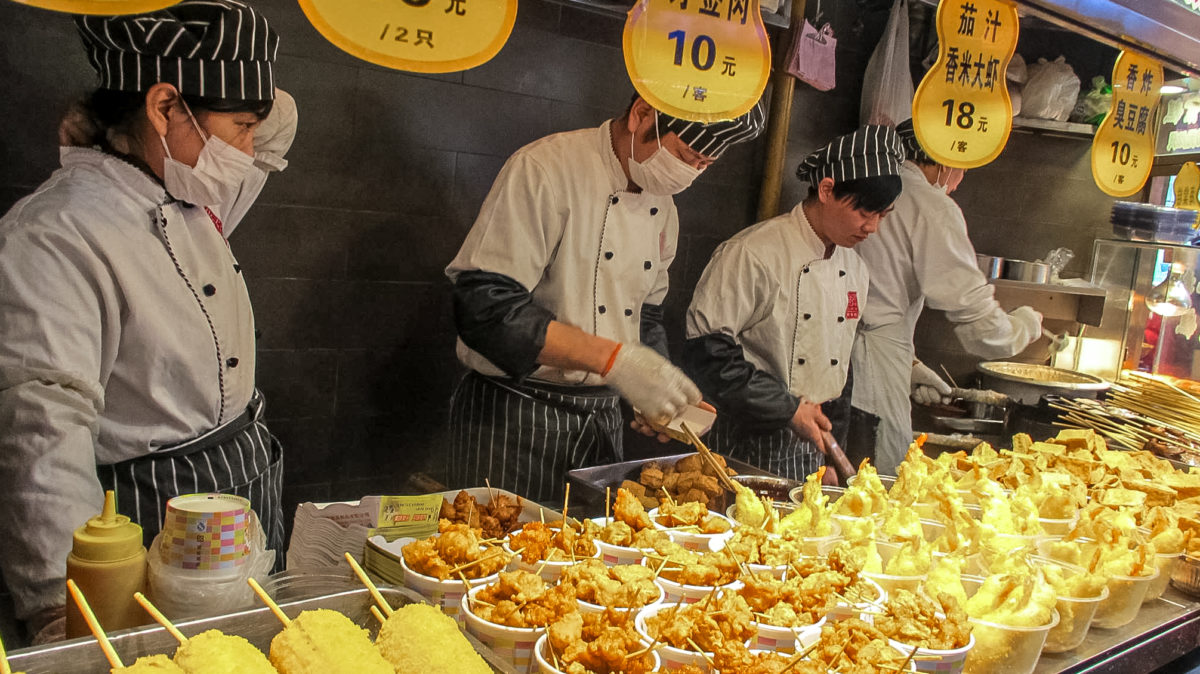
Fastfood china 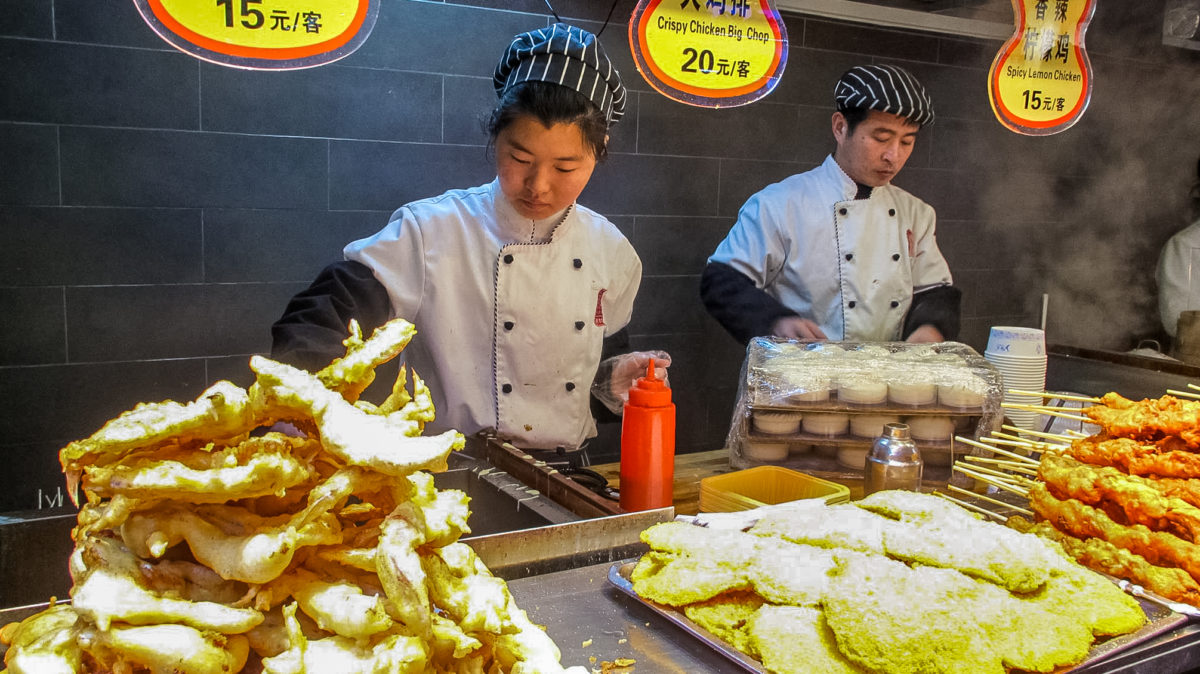
Fastfood china
The Forbidden City was also built during the Ming Dynasty – actually in 1407 and completed in 1420. It covers an area of approximately 780,000 square kilometres. It is the biggest and best preserved imperial palace in China. The huge complex has four gates but visitors most of the time enter through the Tiananmen area or the Gate of Heavenly Peace. In the outer court are three huge buildings. This is where the Emperor conducts his state affairs or official ceremonies. The first Hall is the most important and largest structure in the Forbidden City. The second hall was the resting place of the Emperor before a scheduled grand event where he rehearses his speeches or presentations. The last Hall or known as Hall of Preserving Harmony is reserved for banquets. There are more to see in this humongous complex such as the beautiful Imperial garden and even more magnificent buildings in the inner court. It needs far more than a day to complete a proper tour of the Forbidden City.
The food experience in China is not exactly what I heard from other people. They may have gone to very remote parts of China. To me, it was interesting to say the least. If you are a street food lover and relish the experience of new food tastes, try different kinds of food when you visit China. Let me just remind you that I have noticed that they do not believe in an additional sauce for dipping fried foods or dim sum. That gives me a big thumb’s down. What I had enjoyed very much though was the Hot Pot and of course the famous Peking Duck.
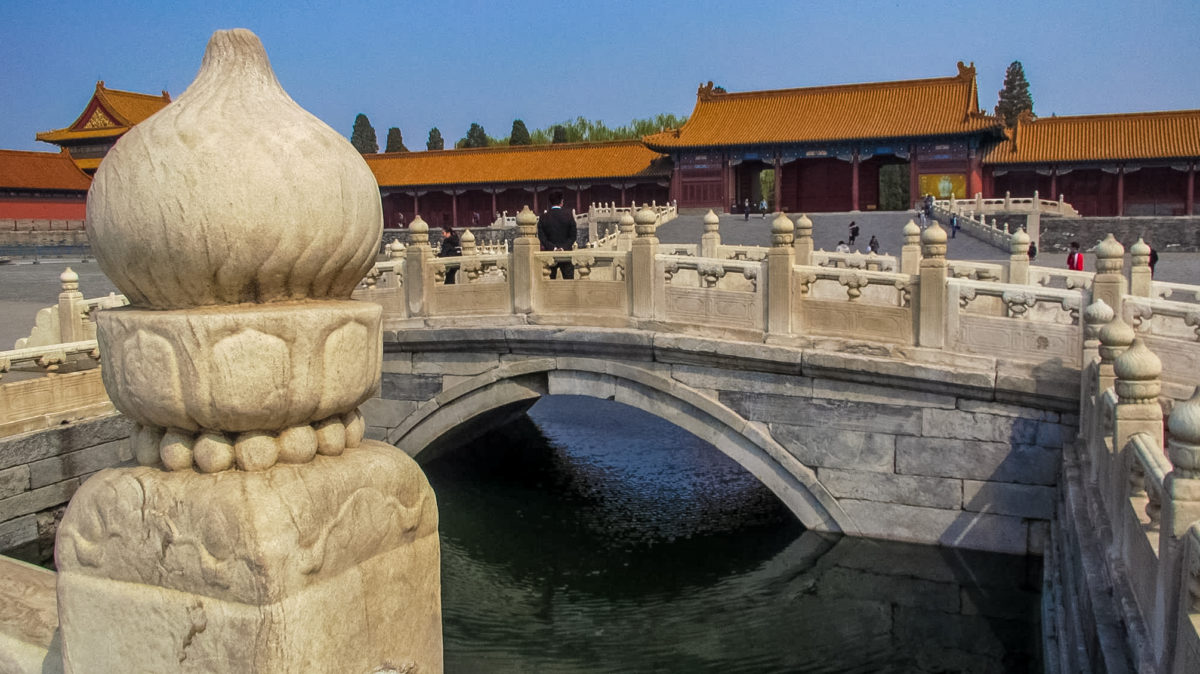
Forbidden city 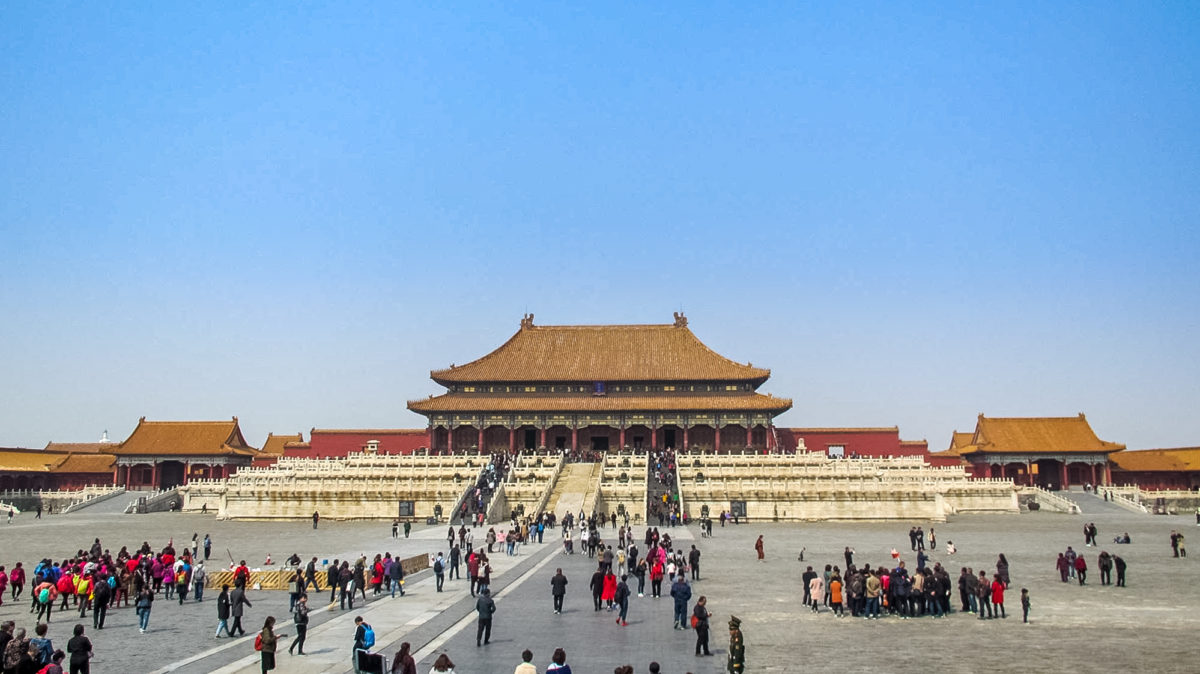
Forbidden city
The day went by smoothly. With my sister, we explored the city which to us was the China that I had seen and remembered from the many historical books I had read. It is ancient and it felt eerie at the same time but to my amazement, no one bothers anyone else. In every corner there is a map of the area although written mostly in Chinese. One has to review the illustration to see where you are, where you came from and where you are going. It is actually a very efficient map, that despite the fact that you do not read Chinese, you will understand the whole thing. Walking aimlessly, we decided to try the food at this very simple restaurant. Food here must be good because it had so many customers. The restaurant was like a museum because they had restored the ancient structure and décor of Old China. Visiting Chinese, especially the seniors, had tears in their eyes because what they saw reminded them of their hard life in the past. There are private rooms that showed the sleeping area of the old people and their little kitchen which brought back old memories. The food was excellent as I expected.
As the saying goes, “All good things must come to an end” and so my wonderful trip to China had to come to an end to but I promise to visit again and next time to the remote part of China to explore the neighbouring villages hopefully free from the deadly virus. We ended our trip having a nice Hot Pot dinner.
感謝您度過美好的時光,中國


